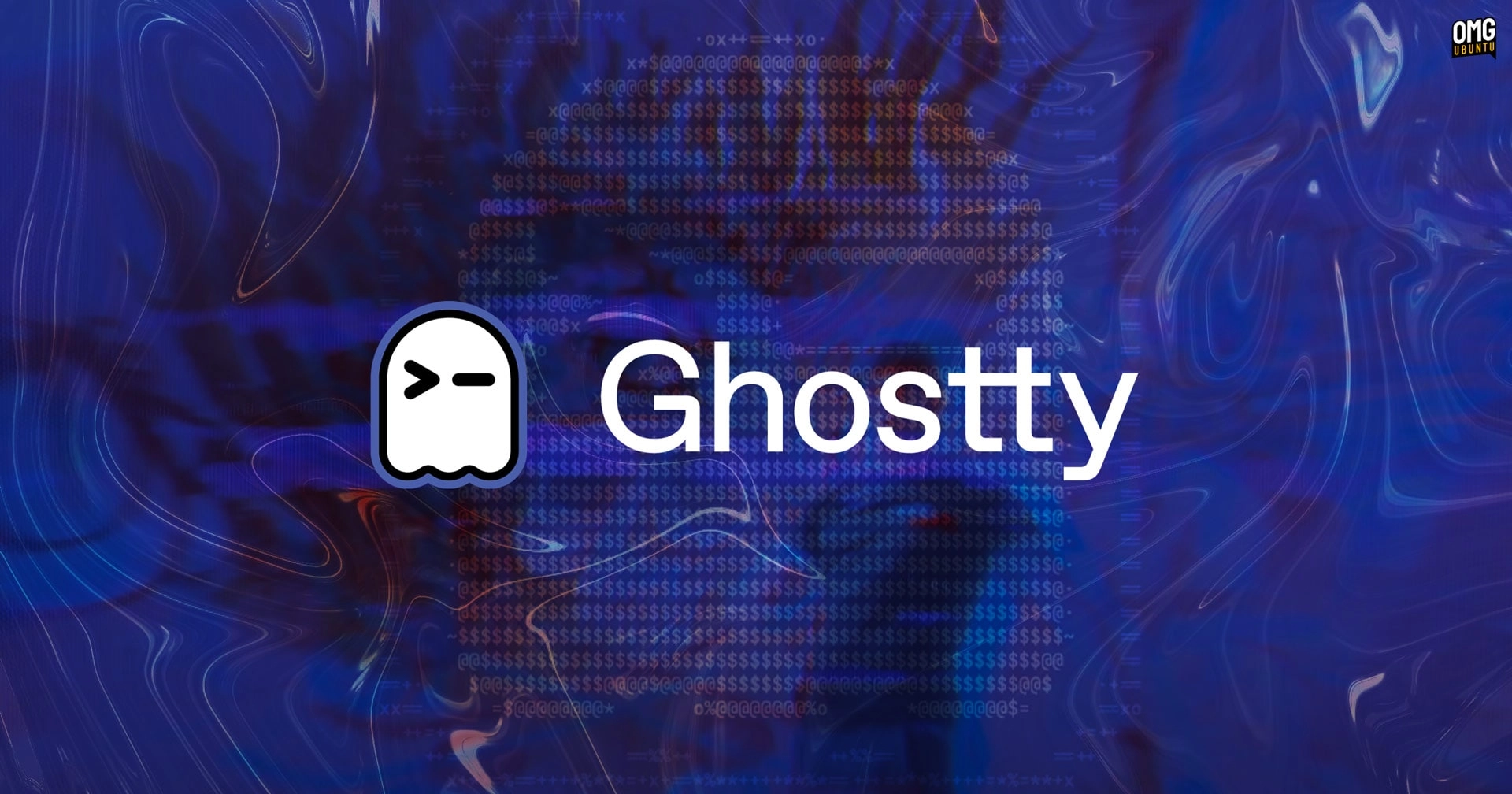A new version of Ghostty was released this week, introducing significant changes and improvements. Ghostty is an open-source terminal emulator built in Zig that aims to provide a fast and user-friendly terminal experience. While it doesn’t necessarily outshine established terminal emulators, it offers a competitive blend of performance and functionality.
The latest update, Ghostty 1.1.0, comes after a month of development, amassing over 500 commits from more than 80 contributors. Although it doesn’t introduce any major features, it includes vital fixes and refinements.
One of the standout additions in Ghostty 1.1.0 is the support for server-side decorations (SSD) on Linux, enhancing its visual compatibility with various desktop environments, particularly on Wayland. This change allows Ghostty to better align with desktop aesthetics outside GNOME Shell, including KDE Plasma.
Users can now configure window decorations based on their preference, selecting between client-side decorations (CSD), SSD, or no decorations at all. Furthermore, a traditional app menu bar is expected to be part of an ongoing initiative to improve the application’s native look across different Linux environments.
Additional changes in this release include a new performable: keybinding prefix that allows keyboard shortcuts to react only when they have a relevant context, improving efficiency. Other updates bring in new customizable parameters and improved support for drawing text and images, particularly for macOS with upcoming support for Linux.
Ghostty has also enhanced its Input Method Editor (IME) features, making it more reliable for users inputting CJK (Chinese, Japanese, Korean), dead keys, emojis, and Unicode hex values. Plus, significant Linux-specific enhancements include:
- Auto-hiding the title bar in fullscreen mode.
- New configuration options for styling and behavior within the application.
- Integration enhancements such as drag-and-drop features and "Open in Ghostty" shortcuts for Nautilus.
For those interested in trying Ghostty, installation on Ubuntu requires either building from source or utilizing community-contributed packages, as pre-built binaries are primarily available for macOS. A valuable resource for Ubuntu users is the Ghostty DEBs on GitHub, providing easy access to packages for different Ubuntu versions. Alternatively, there is also a Ghostty AppImage option available.
For more specifics on version 1.1.0, you can visit the official documentation site.
